Your ‘Healthy’ Food Might Be Lying to You: 6 Simple Kitchen Tricks to Fix It
So, you’re doing all the right things. You hit the grocery store, you load up your cart with beautiful produce, whole grains, and great-looking proteins. You feel good about it! But then, something strange happens between the shopping bag and the dinner plate. All that good stuff somehow loses its magic, and sometimes, it even becomes less healthy. I’ve seen this happen for years.
In this article
This isn’t your fault, by the way. It’s a knowledge gap. It’s about knowing the ‘why’ behind the ‘how.’ Why does one cooking method nuke a vitamin while another one actually makes it stronger? How can a tiny prep step unlock a powerhouse compound that was hiding in your veggies? This is the good stuff, the info that goes way beyond food labels. Let’s dig in.
1. Legumes: Ditching the Can for Good
Beans, lentils, chickpeas… they’re the unsung heroes of a healthy pantry. They’re packed with plant protein, good carbs, and tons of fiber. But honestly, most of us lean way too heavily on the canned versions. Super convenient, I get it, but you’re paying for that convenience in more ways than one.

Why Dried Beans Are Just Better
Dried beans have these natural defense compounds called phytic acid and lectins. Sounds a bit scary, but it’s just nature doing its thing. The problem is, phytic acid can block your body from absorbing awesome minerals like iron and zinc, and lectins can be tough on some people’s digestion. Canned beans are pre-cooked, which helps, but the process also leaves them sitting in a super salty brine. And let’s not even get started on the potential for can liners to contain weird chemicals.
Cooking them from scratch isn’t just about avoiding the bad stuff; you get way better flavor and texture. Plus, it’s insanely cheap. A $2 bag of dried black beans will give you about 7 cups of cooked beans. A single 1.5-cup can easily costs $1.50. You do the math—it’s a huge money saver!
The Pro Method: Soak and Simmer
It’s so easy. Seriously.
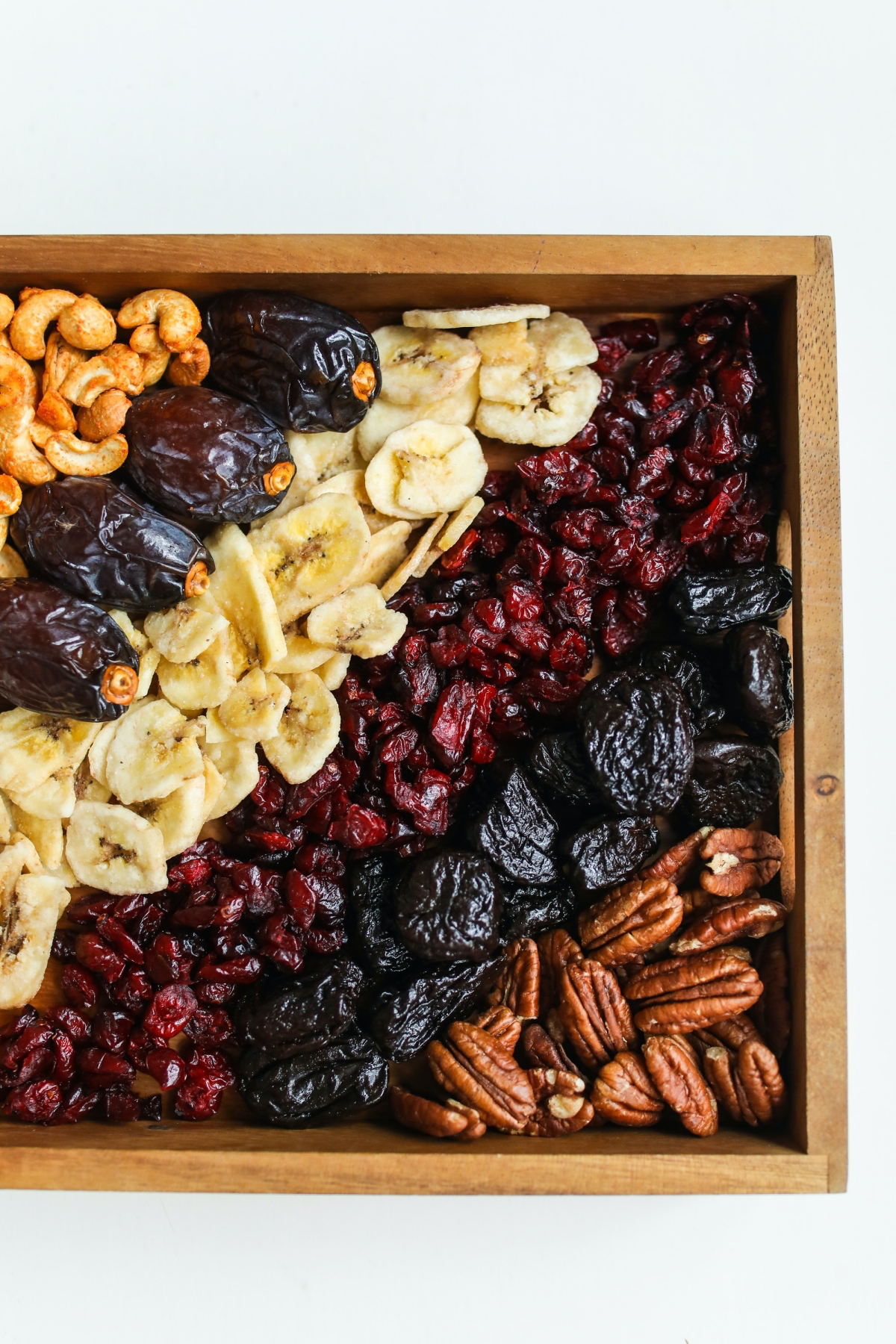
- Rinse and Sort: Dump your dried beans in a colander and give them a good rinse. It’s a good idea to quickly spread them on a baking sheet to spot any tiny pebbles or shriveled-up beans.
- Give ‘Em a Bath: Put the rinsed beans in a big pot and cover them with a few inches of cool water. They will almost triple in size, so don’t be shy with the water or the pot size!
- Let Them Chill: Just leave them on the counter for at least 8 hours, or just overnight. This simple soak rehydrates them and, more importantly, breaks down those pesky lectins and phytic acid.
- Drain and Rinse Again: The next day, dump that soaking water—it’s full of the stuff you don’t want—and give the beans another quick rinse.
Now, to cook them, put the soaked beans back in the pot, cover with fresh water, and bring it to a boil. Immediately turn the heat down to a gentle simmer. Boiling them hard will just turn them to mush. Skim off any foam that pops up. Here’s a key tip: DO NOT add salt or anything acidic like tomatoes yet. It can make the bean skins tough and take forever to cook. Wait until they’re tender, then season away.
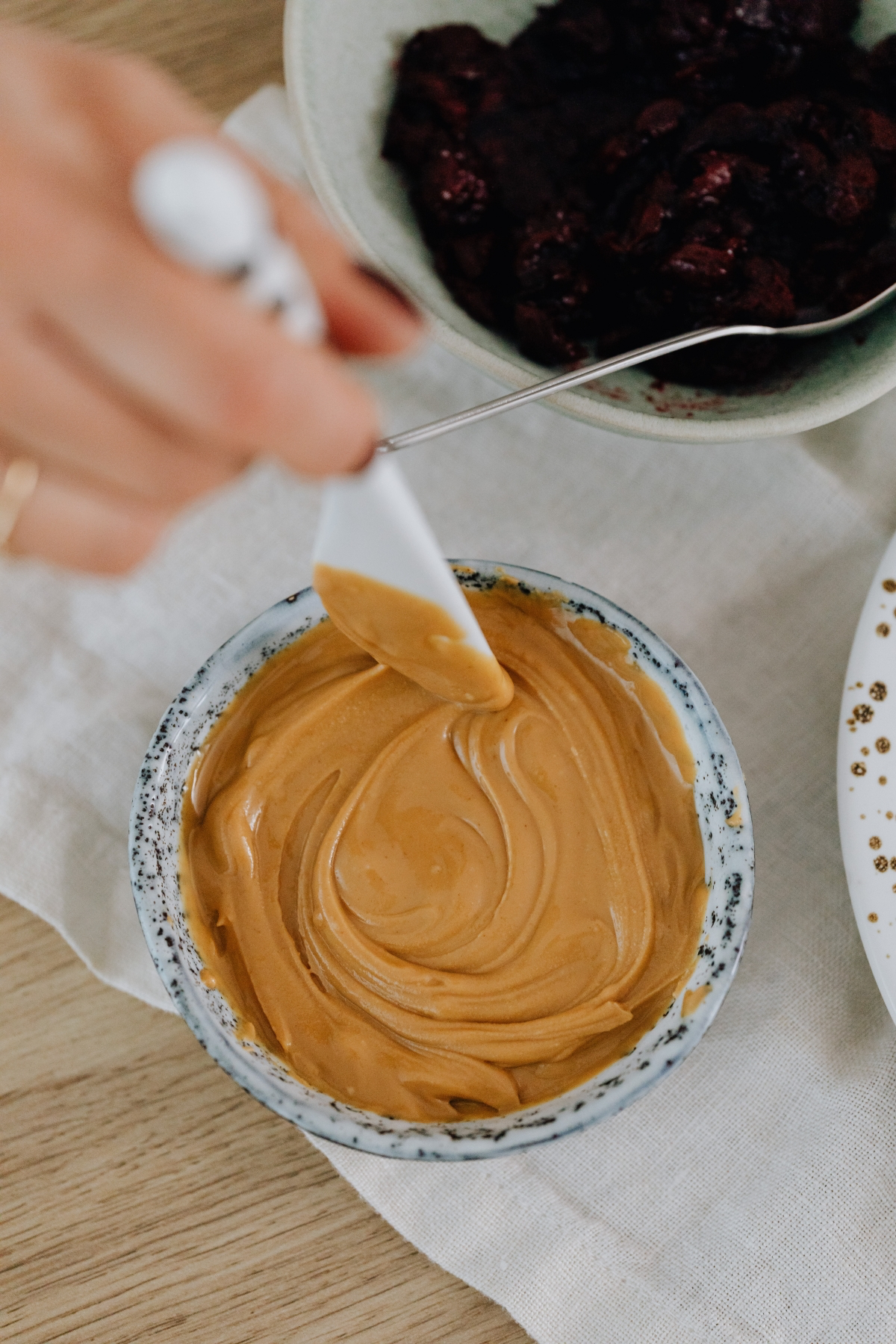
Quick tip: Does your recipe call for one can of beans? Just use about 3/4 cup of dried beans. Once they’re cooked, you’ll have the 1.5 cups you need.
Oh yeah, and if beans tend to make you a little… gassy… try adding a 3-inch strip of kombu (a type of dried seaweed you can find in the international aisle or online) to the cooking water. It’s a classic trick that really helps.
2. Broccoli: The 40-Minute Rule You Need to Know
Everyone knows broccoli is a superfood, mainly because of a compound called sulforaphane, which is a total rockstar antioxidant. But here’s the catch: depending on how you cook it, you might be getting ZERO sulforaphane. The biggest mistake? Boiling it or nuking it into oblivion.
The ‘Chop and Wait’ Hack
This is going to blow your mind. Broccoli holds two things in separate little compartments: a compound and an enzyme. When you chop or chew it, you break the walls, they mix, and poof—you get sulforaphane! The problem is, that helpful enzyme is a total drama queen and dies with high heat.
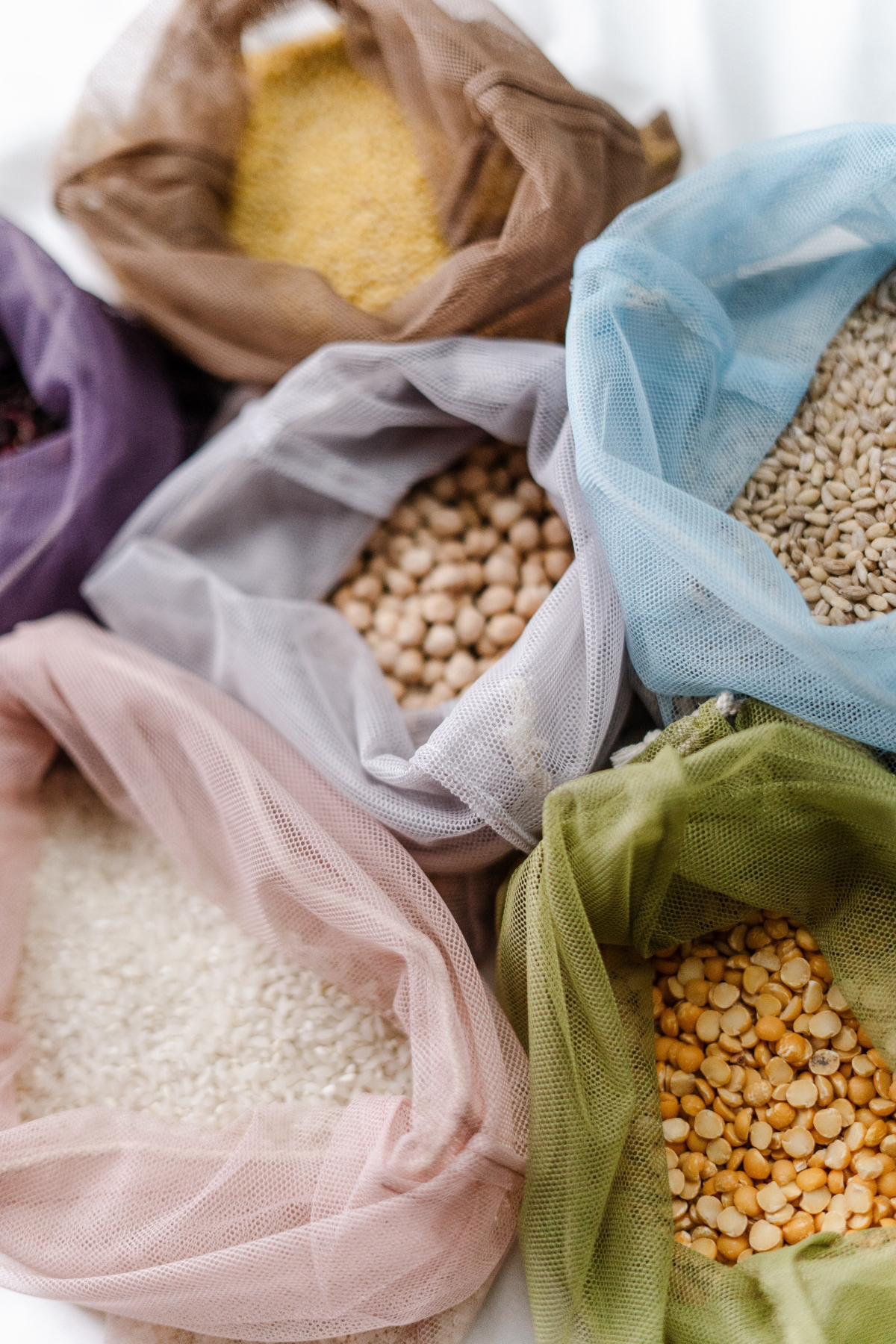
So, here’s the game-changing technique:
- Chop it up: Cut your broccoli into florets, just like you normally would. This starts the magic reaction.
- Walk away: Let the chopped broccoli sit on your cutting board for about 40 minutes. This gives the enzyme time to do its job and create all that sulforaphane.
- Cook it gently: After the waiting period, you’re good to go. The sulforaphane has already been made, and it’s much more heat-stable. A light steam for 3-5 minutes or a quick stir-fry is perfect. You want it bright green and crisp, not army green and floppy.
Don’t have 40 minutes? I’ve got you. There’s a workaround. Sprinkle about 1/4 teaspoon of mustard powder over 2 cups of your cooked broccoli. Mustard contains that same enzyme and can kickstart the sulforaphane production right on your plate. By the way, this trick is ESSENTIAL if you’re using frozen broccoli, since the blanching process kills the enzyme before it ever gets to you.
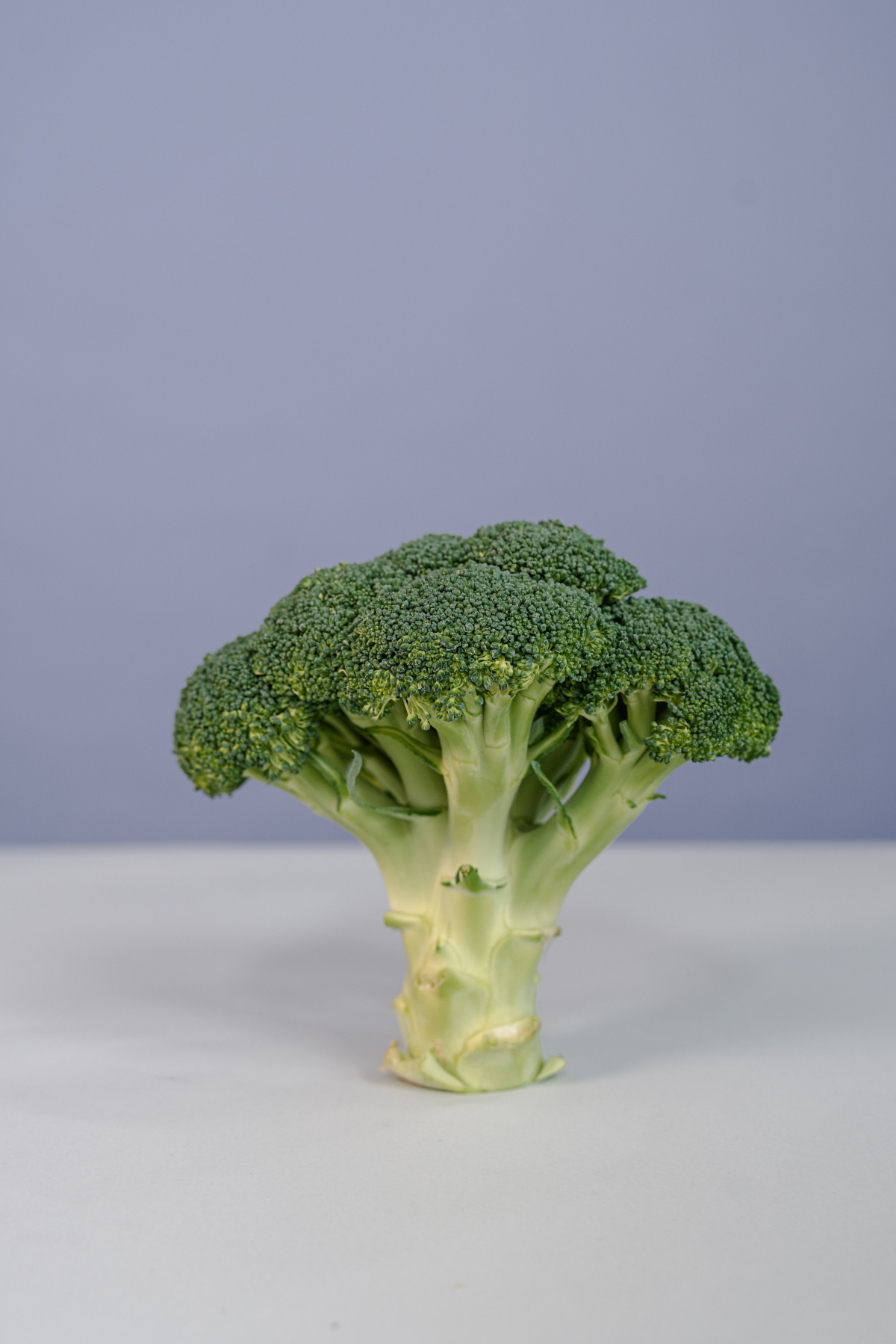
3. Sweet Potatoes: Taming the Sweetness
Sweet potatoes are fantastic. They’re loaded with beta-carotene (which your body turns into vitamin A), fiber, and good, slow-burning energy. But how you cook them completely changes how they affect your blood sugar. Frying them or blasting them with high heat is the most common mistake, which can create some not-so-great compounds.
Low and Slow is the Way to Go
The goal is to control the heat. High heat, like frying, can create something called acrylamide in starchy foods. While the jury is still out on its exact effects, it’s generally a good idea to limit it. Here are the best ways to cook them:
- Whole Baked: Poke the sweet potato a few times with a fork, and bake it right on the oven rack at around 375°F (190°C) for 45-60 minutes. This gentle heat brings out the sweetness without creating the nasty stuff.
- Steamed: Cubing and steaming sweet potatoes for 15-20 minutes is another great option. This method actually gives them a lower glycemic impact than baking because some sugars get washed away.
Here’s a non-negotiable tip I give everyone: always pair your sweet potato with a healthy fat. A drizzle of olive oil, a dollop of Greek yogurt, or some avocado on top isn’t just for taste. Beta-carotene is fat-soluble, which means your body literally can’t absorb it without fat. Just add the fat after cooking!
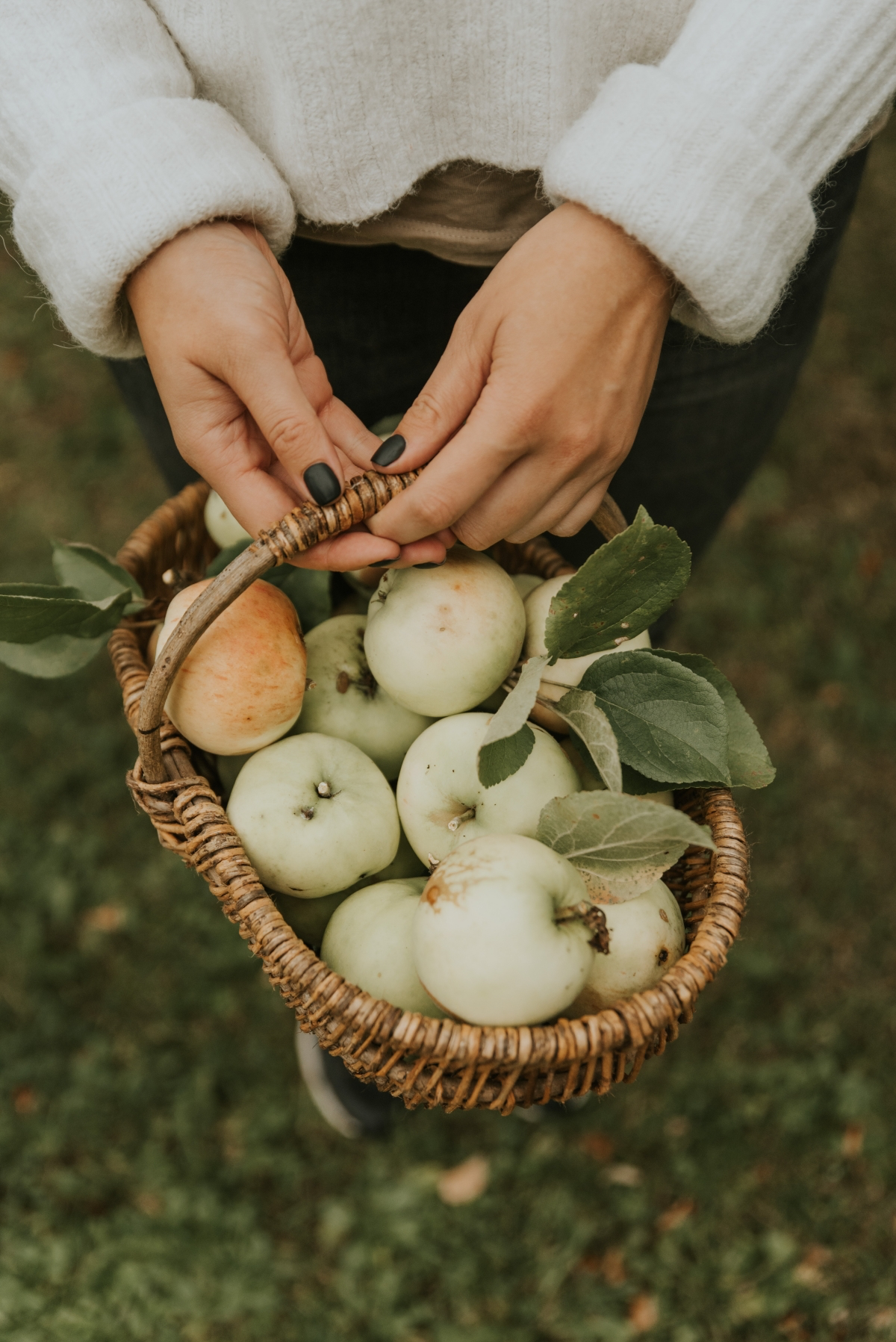
Advanced trick: Want to feed your good gut bacteria? Cook your sweet potatoes (steaming or boiling is best for this), then cool them completely in the fridge overnight. The cooling process creates ‘resistant starch,’ which your body treats more like fiber. It’s great for blood sugar and gut health. You can eat them cold in a salad the next day or gently reheat them.
4. Peanut Butter: Read the Label or Regret It
Peanut butter can be a fantastic source of protein and healthy fats. But the stuff in most of those no-stir jars? It’s often a science experiment. The biggest mistake is grabbing the most popular brand without a second glance at the ingredients.
Real peanut butter separates. The oil rises to the top. To stop that, big companies add sugar and hydrogenated oils to keep it perfectly smooth. Your peanut butter has now become a processed food. The solution is so simple: look for peanut butter with one ingredient: peanuts. Maybe two, if you like salt. That’s it.
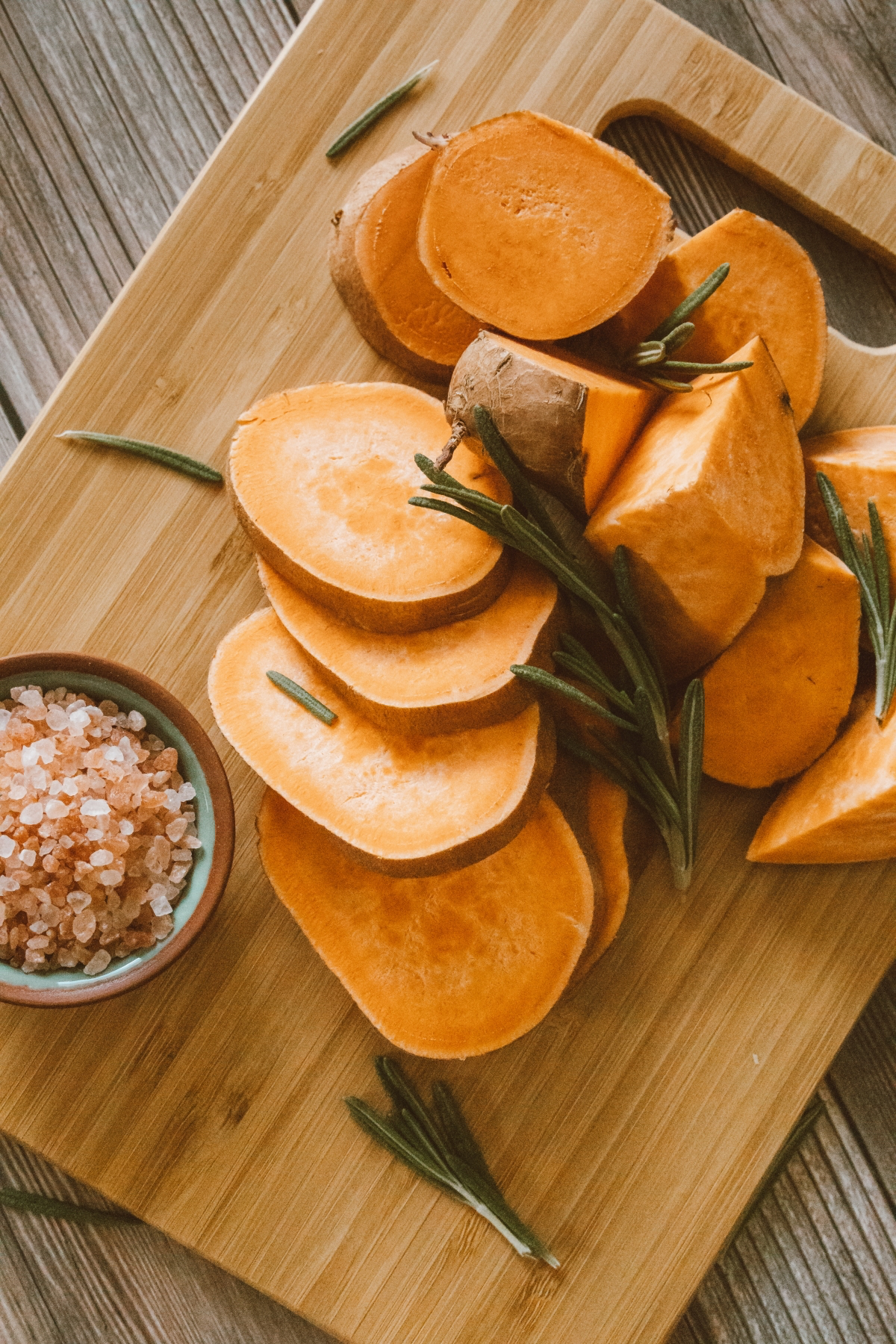
Yes, you have to stir it. Big deal. Here’s a tip: after you give it a good stir the first time, store the jar in the fridge. It’ll stay mixed and ready to go.
Better Yet, Make Your Own in 5 Minutes
This is one of those things that seems hard but is ridiculously easy. All you need is a food processor or a powerful blender.
- Get Roasted Peanuts: Start with warm, unsalted roasted peanuts. The warmth helps them release their oils.
- Blend… and Keep Blending: Dump them in the processor and turn it on. First, it’ll look like sand. Then it will form a thick, frustrating ball. DO NOT STOP. This is where most people give up. Your processor is just fine.
- Trust the Process: Let the machine run! After another minute or two, that stiff ball will magically break down and transform into creamy, dreamy peanut butter.
Troubleshooting tip: If the motor on your food processor feels hot and the peanut ball isn’t breaking down, just turn it off. Let it rest for 5 minutes to cool down, scrape the sides, and then blend again. I promise, it will get there!
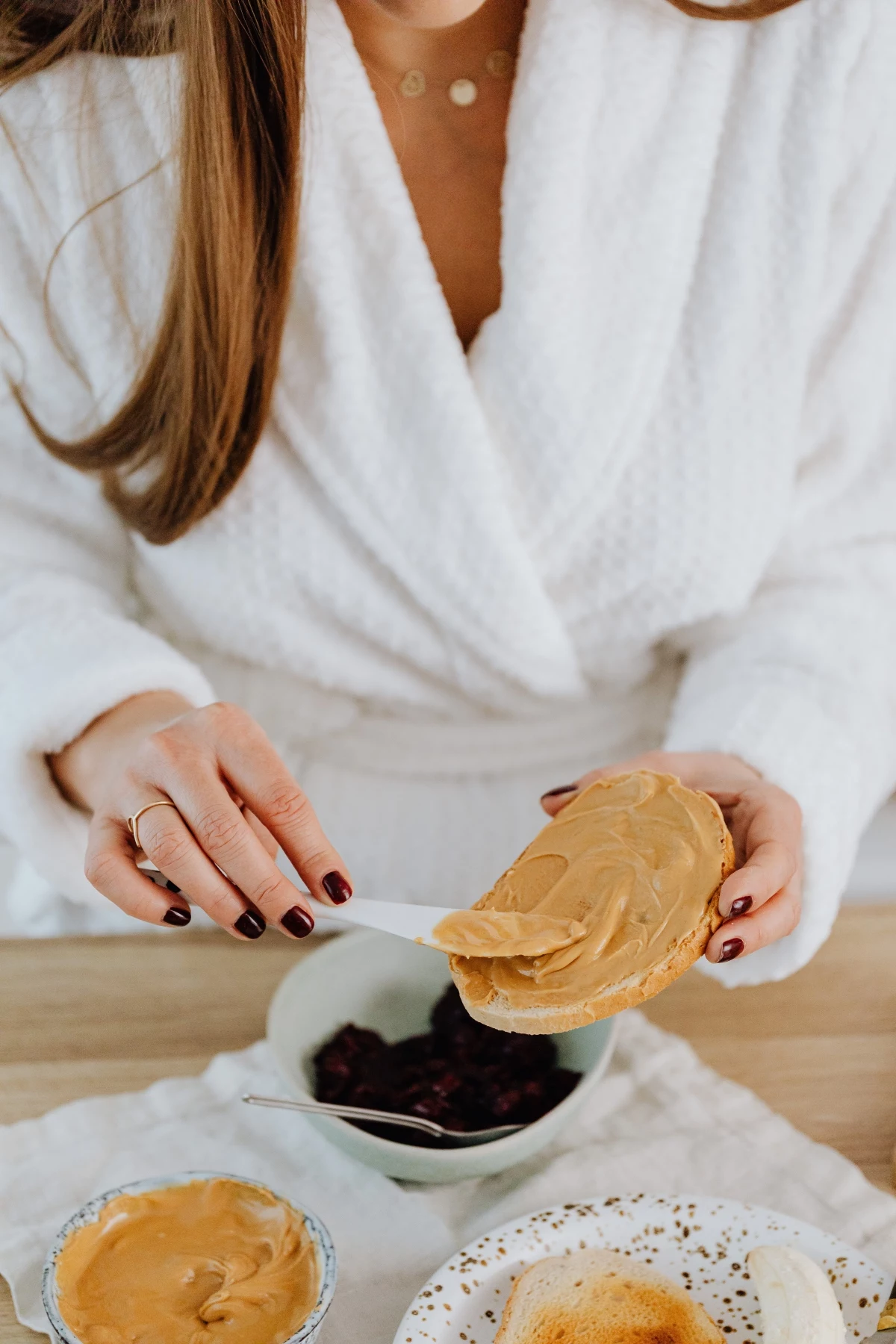
5. Apples: Never, Ever Peel Them
You know the saying, ‘an apple a day…’ Well, it should be ‘an unpeeled apple a day.’ Peeling an apple is like throwing away the best part. Seriously, you’re tossing out a huge chunk of its nutritional value.
The apple peel is loaded with fiber, especially a type called pectin that feeds your good gut bacteria and helps keep you full. It’s also packed with powerful antioxidants like quercetin. Basically, all the really special stuff is in the skin. The main reason people peel is fear of wax and pesticides, but there’s a better way.
How to Wash an Apple Properly
Apples have a natural wax, but commercial ones often get an extra, food-grade coating to keep them fresh. It’s safe, but you can get it off. For most apples, just rubbing them firmly under cool running water for 20 seconds works great. If you want to be extra sure, soak them in a bowl with one part white vinegar and three parts water for about 10 minutes. Then give them a final rinse. And don’t worry, a good rinse under plain water gets rid of any vinegar taste!
6. Dried Fruit: The Condiment, Not the Snack
Dried fruits like raisins, dates, and apricots can feel like a super healthy snack. And they do have fiber and nutrients. But they can also be a total sugar bomb and a bit of a nutritional trap. When you remove all the water from a fruit, the sugar becomes incredibly concentrated. A cup of grapes has about 23 grams of sugar; a cup of raisins has over 115 grams. It’s way too easy to overeat.
Another thing to watch for is sulfur dioxide, a preservative used to keep fruits like apricots and golden raisins looking bright and colorful. Some people are sensitive to it. If you see unsulphured dried apricots, they’ll be brown instead of bright orange—that’s a good thing! They often taste better, too.
The Power of Smart Pairing
The rule is simple: never eat dried fruit by itself. Think of it as a garnish or a condiment, not a main snack. A serving is small, like a quarter-cup. Always, always pair it with protein and fat. This power combo slows down how fast the sugar hits your system, preventing that nasty energy spike and crash.
Here are some of my go-to pairings:
- Two Medjool dates sliced open with a tablespoon of natural peanut butter inside.
- A small handful of almonds with three or four dried apricots.
- A tablespoon of raisins stirred into a bowl of plain Greek yogurt.
And always check the ingredients. If you see ‘sugar’ or ‘sunflower oil’ on a bag of dried cranberries, put it back. You just want the fruit, nothing else.
Inspirational Gallery
A common kitchen mistake: Thinking all olive oil is for high-heat cooking. Extra virgin olive oil has a low smoke point. When it smokes, its healthy fats break down and can form harmful compounds. Save the good stuff for dressings and finishing dishes, and use an oil like avocado oil for high-heat searing.
Why should you let chopped garlic sit before cooking it?
It’s a simple trick with a big payoff. When you chop or crush garlic, you break its cell walls, allowing an enzyme to mix with a compound called alliin. This creates allicin, the powerful anti-inflammatory compound garlic is famous for. Giving it 10 minutes to rest before you introduce heat allows this reaction to maximize, ensuring you get the most health benefits in your dish.
Boiling Vegetables: Submerging produce like broccoli in boiling water can cause water-soluble vitamins, like Vitamin C and B vitamins, to leach out into the water—which you then pour down the drain. You can lose over 50% of the vitamin C.
Steaming Vegetables: This method cooks with hot vapor without direct water contact, preserving vibrant color, crisp-tender texture, and, most importantly, valuable nutrients. A simple bamboo or stainless steel steamer basket is one of the best investments for your kitchen.
Did you know? Pre-cut vegetables, like bagged salad mixes or chopped butternut squash, can lose up to 25% of their key nutrients, like vitamin C and carotenoids, within a week of being processed due to light and air exposure.
Ditch the bottled dressing! Most are loaded with refined sugars, unhealthy vegetable oils, and artificial ingredients. Whipping up your own is faster than you think and puts you in complete control of the quality.
- 3 parts extra virgin olive oil
- 1 part acid (lemon juice, apple cider vinegar)
- 1 teaspoon Dijon mustard (as an emulsifier)
- A pinch of salt and fresh black pepper
Just shake it all in a jar. From this base, you can get creative by adding fresh herbs, minced garlic, or a touch of honey.
Think about a ‘rainbow’ on your plate not just as a visual rule, but as a nutritional map. The deep purple of beets, the vibrant orange of carrots, the rich green of kale—these colors are created by phytonutrients. By intentionally combining these hues, you’re not just making a meal that looks more appealing; you’re creating a symphony of antioxidants and vitamins that work together to protect your body. It turns eating well from a chore into a creative, sensory act.
- Drastically reduces your sodium intake.
- Adds a deep, complex flavor base to soups and grains.
- Uses up vegetable scraps you would have otherwise thrown away.
The secret? A simple homemade vegetable broth. Keep a bag in your freezer for onion skins, carrot peels, celery ends, and herb stems. When it’s full, simmer them in a pot of water for an hour, then strain. It’s practically free, nutrient-rich liquid gold.
Don’t let your fresh herbs wilt and lose their potency in the fridge drawer. To keep them fresh for over a week, treat them right:
- Hardy Herbs (Rosemary, Thyme): Wrap them loosely in a slightly damp paper towel and place them in a reusable container in the fridge.
- Soft Herbs (Cilantro, Parsley): Trim the stems and place them in a jar with an inch of water, like a bouquet of flowers. Cover loosely with a bag and refrigerate.
Studies on the ‘Blue Zones’—regions where people live the longest—often point to the Ikarian diet in Greece, which is rich in vegetables cooked in olive oil.
The secret isn’t just what they eat, but how they cook. They often slow-cook vegetables in olive oil and water. This gentle cooking method helps make plant nutrients more bioavailable while preserving the heart-healthy polyphenols in the oil, which would be destroyed by high-heat frying. It’s a shift from ‘fast and hot’ to ‘slow and nourishing’.
For smoothies, a high-speed blender like a Vitamix or Blendtec does more than just mix. Its powerful motor and blade design create a vortex that pulverizes tough ingredients like kale stems and chia seeds on a cellular level. This process breaks down plant cell walls, unlocking more vitamins and phytonutrients for your body to absorb. It’s a true investment in getting the absolute most out of your raw ingredients.










